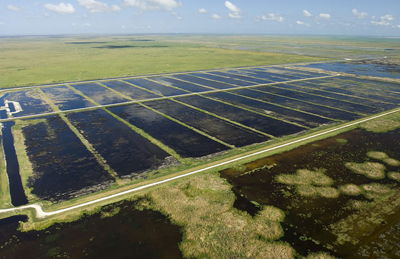Soil Science Society of America
5585 Guilford Road • Madison, WI 53711-5801 • 608-273-8080 • Fax 608-273-2021
www.soils.org
Twitter | Facebook
NEWS RELEASE
Contact: Hanna Jeske, Associate Director of Marketing and Brand Strategy, 608-268-3972, hjeske@sciencesocieties.org
How do wetlands protect land and water?
Sept. 17, 2018 – Swamps and other wetlands get a bad rap. The Soil Science Society of America (SSSA) September 15 Soils Matter blog post explains why these natural features are important—and worth saving.
 “Wetlands provide flood control, improve water quality, and are a vital habitat for wildlife,” says blogger Rachel K. Owen, a University of Missouri soil science doctoral candidate.
“Wetlands provide flood control, improve water quality, and are a vital habitat for wildlife,” says blogger Rachel K. Owen, a University of Missouri soil science doctoral candidate.
However, wetlands may be thought of as inconvenient when it comes to agriculture, housing developments and other structures. Wetlands’ importance was recognized in 1986 legislation in the U.S. This allowed development of wetlands only if an equal amount of wetland was established elsewhere.
How is a wetland built? Owen says it can be complicated. “This is one of those ‘Goldilocks’ situations: the wetland must hold water, but not for too long. The soil must be just right–not too sandy, or too clayey. Finally, the plants need to be the right type, or the typically soggy soils might kill them.”
One successful example is the Stormwater Treatment Area (STA) wetlands in the Florida Everglades. “Because the STA wetlands were designed with all three criteria of a functional wetland in mind, they have proven to be an effective tool for flood control, nutrient management, and water quality in the Florida Everglades,” Owen says.
To read the entire blog post, visit https://wp.me/p3Rg6r-pp.
Follow SSSA on Facebook at https://www.facebook.com/SSSA.soils, Twitter at SSSA_Soils. SSSA has soils information on www.soils.org/discover-soils, for teachers at www.soils4teachers.org, and for students through 12th grade, www.soils4kids.org.